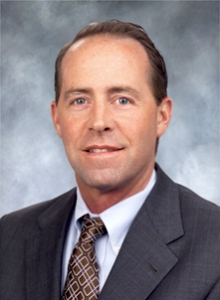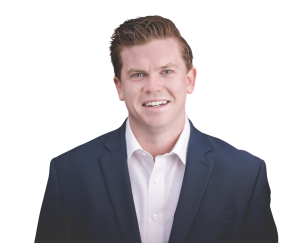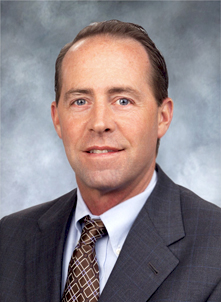BE PREPARED FOR HIGHER WORKERS’ COMPENSATION INSURANCE RATES
Shaun Kelly, Assured Partners , CALSAGA Preferred Broker
Great seeing everyone at the CALSAGA conference!
I shared some of this information during the conference and thought it would be good to revisit and assist you in mitigating the potential increase in Workers’ Compensation rates that will be coming.
Over the past 4-5 years we have seen rate increases in all lines of coverage, except Workers’ Compensation, which has seen decreases in rates for the past 8 to 10 years, it was only a matter time before the claims costs caught up to the premiums paid. When rates were soft, the only time that you may have experienced a rate increase is if your Workers’ Compensation Experience Modification increased due to claims or a reduction in payroll or there was a significant change in the types of clients you serviced.
Here are some Cost Drivers for the upcoming rate increases:
- Increasing Medical Cost Development
- Higher Average Medical Costs
- Increasing Cumulative Trauma (CT) Claim Frequency
- Increasing Allocated Loss Adjustment Expense
- Legal Defense
- Investigation (Sub-rosa) Costs
- Additional allocation of payroll to service claims
To assist in Mitigating the expected increase in Workers’ Compensation premiums, please review the following:
- First, try not to have claims!
- Report claims immediately
- To provide medical treatment as soon as possible and return employee back to work
- To allow claims adjuster to manage the claim without delays
- Investigate all claims to find the “Root cause”.
- Supervisor should be responsible to report and investigate claim to prevent similar claims in the future
- Review “Open” claims quarterly with claims adjuster until closed.
- Important – “Unit Stat” time is 6 months after your policy expires. At Unit Stat time, claims and payroll are provided by your insurance carriers to the WCIRB to calculate your Workers’ Compensation Experience Modification. This is a very important time to work with the claims adjusters to reduce reserves and/or close claims.
- Implement a “Return to Work” program and inform your employees and the medical facility of your program works to get employees back to work more expediently.
- Identify an Occupational Medical Facility in your insurance carriers Medical Provider Network (MPN). Speak with the Medical Facility to make sure they have the save desire to get the employee back to work as soon as possible.
- KEY – Implement a safety culture where employees are recognizing your Safety Policies & Procedures before they engage in their daily activities. SAFETY FIRST!
If you have any questions or if we can be of assistance, please do not hesitate to call.
Take care.
 Shaun Kelly joined Tolman & Wiker Insurance Services in 2005. He specializes in all lines of property and casualty insurance for industries including contract security firms, agriculture, construction, oil and gas. Shaun received a BS in Business Administration with a major in Finance from California State University in Fresno, California. He is an active member of several industry associations, including the Association CALSAGA, the Kern County Builders Exchange and the Independent Insurance Agents of Kern County. Shaun can be reached at 661-616-4700 or Shaun.Kelly@assuredpartners.com.
Shaun Kelly joined Tolman & Wiker Insurance Services in 2005. He specializes in all lines of property and casualty insurance for industries including contract security firms, agriculture, construction, oil and gas. Shaun received a BS in Business Administration with a major in Finance from California State University in Fresno, California. He is an active member of several industry associations, including the Association CALSAGA, the Kern County Builders Exchange and the Independent Insurance Agents of Kern County. Shaun can be reached at 661-616-4700 or Shaun.Kelly@assuredpartners.com.



 Shaun Kelly joined Tolman & Wiker Insurance Services in 2005. He specializes in all lines of property and casualty insurance for industries including contract security firms, agriculture, construction, oil and gas. Shaun received a BS in Business Administration with a major in Finance from California State University in Fresno, California. He is an active member of several industry associations, including the Association CALSAGA, the Kern County Builders Exchange and the Independent Insurance Agents of Kern County. Shaun can be reached at 661-616-4700 or
Shaun Kelly joined Tolman & Wiker Insurance Services in 2005. He specializes in all lines of property and casualty insurance for industries including contract security firms, agriculture, construction, oil and gas. Shaun received a BS in Business Administration with a major in Finance from California State University in Fresno, California. He is an active member of several industry associations, including the Association CALSAGA, the Kern County Builders Exchange and the Independent Insurance Agents of Kern County. Shaun can be reached at 661-616-4700 or 